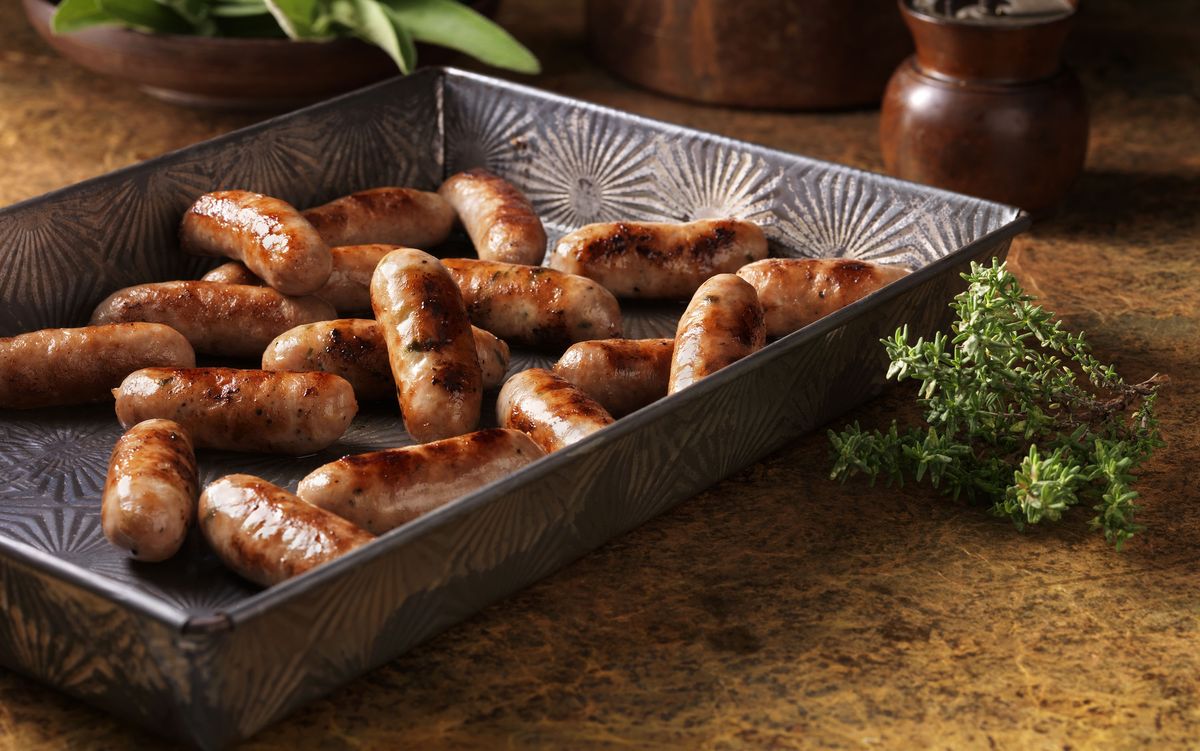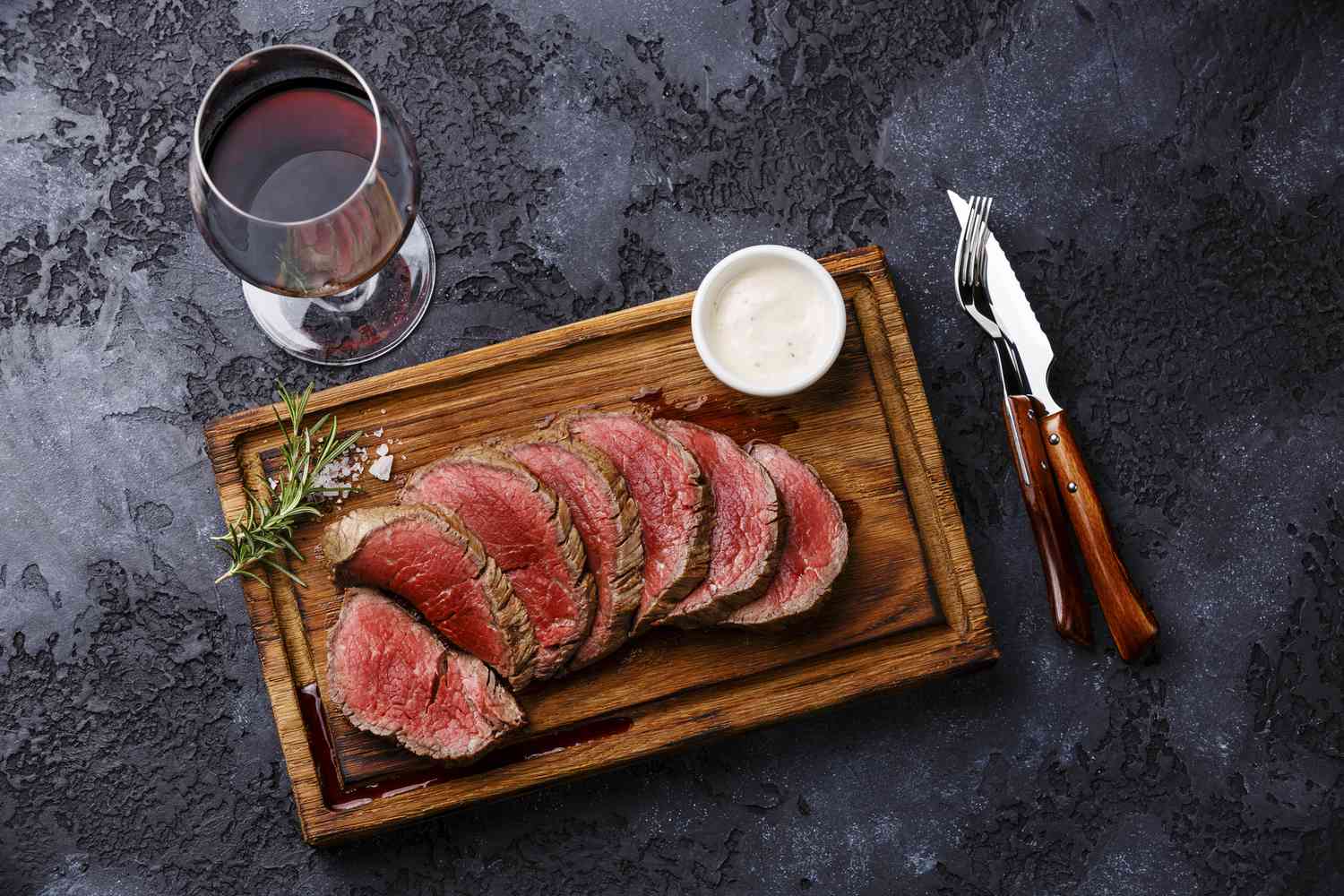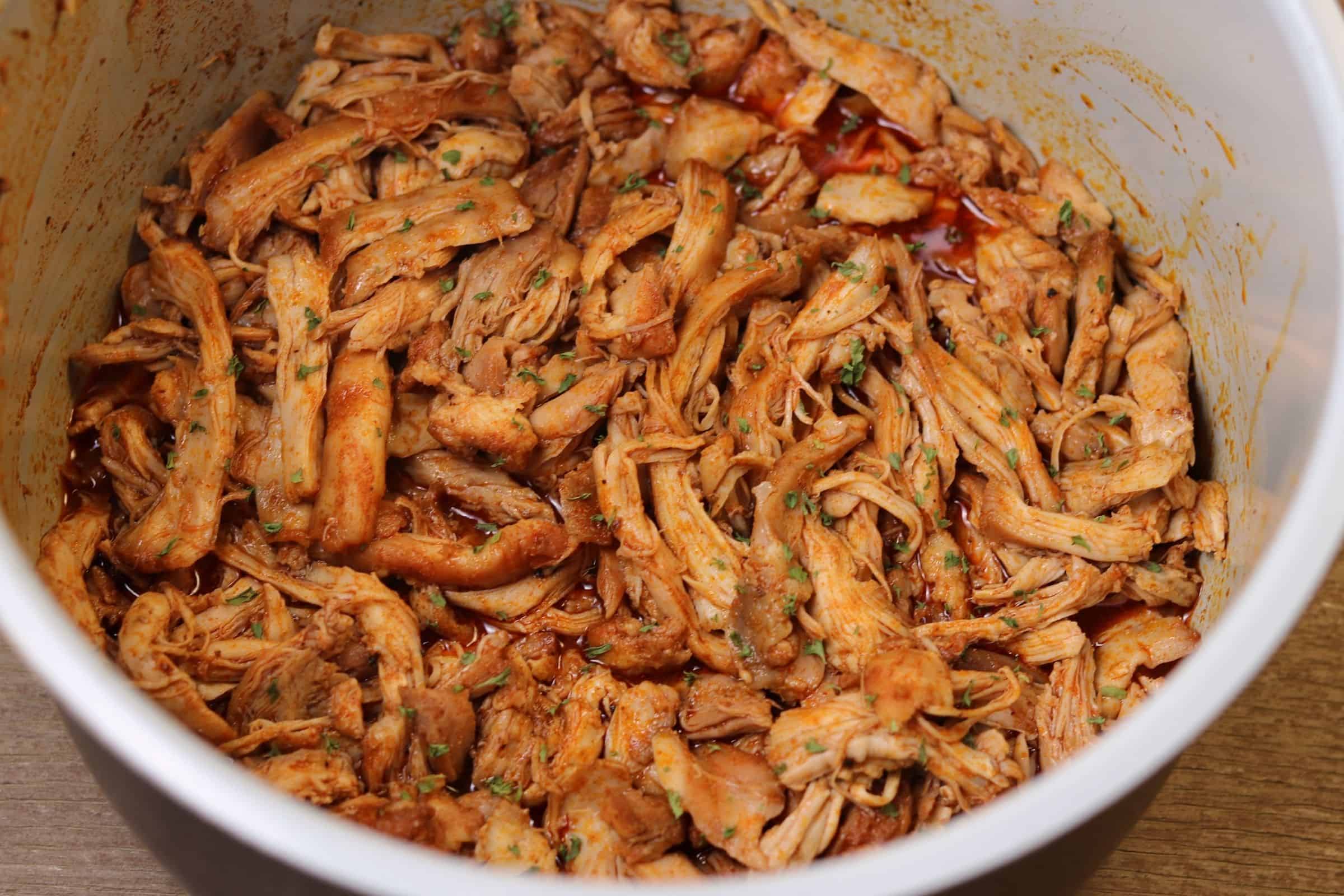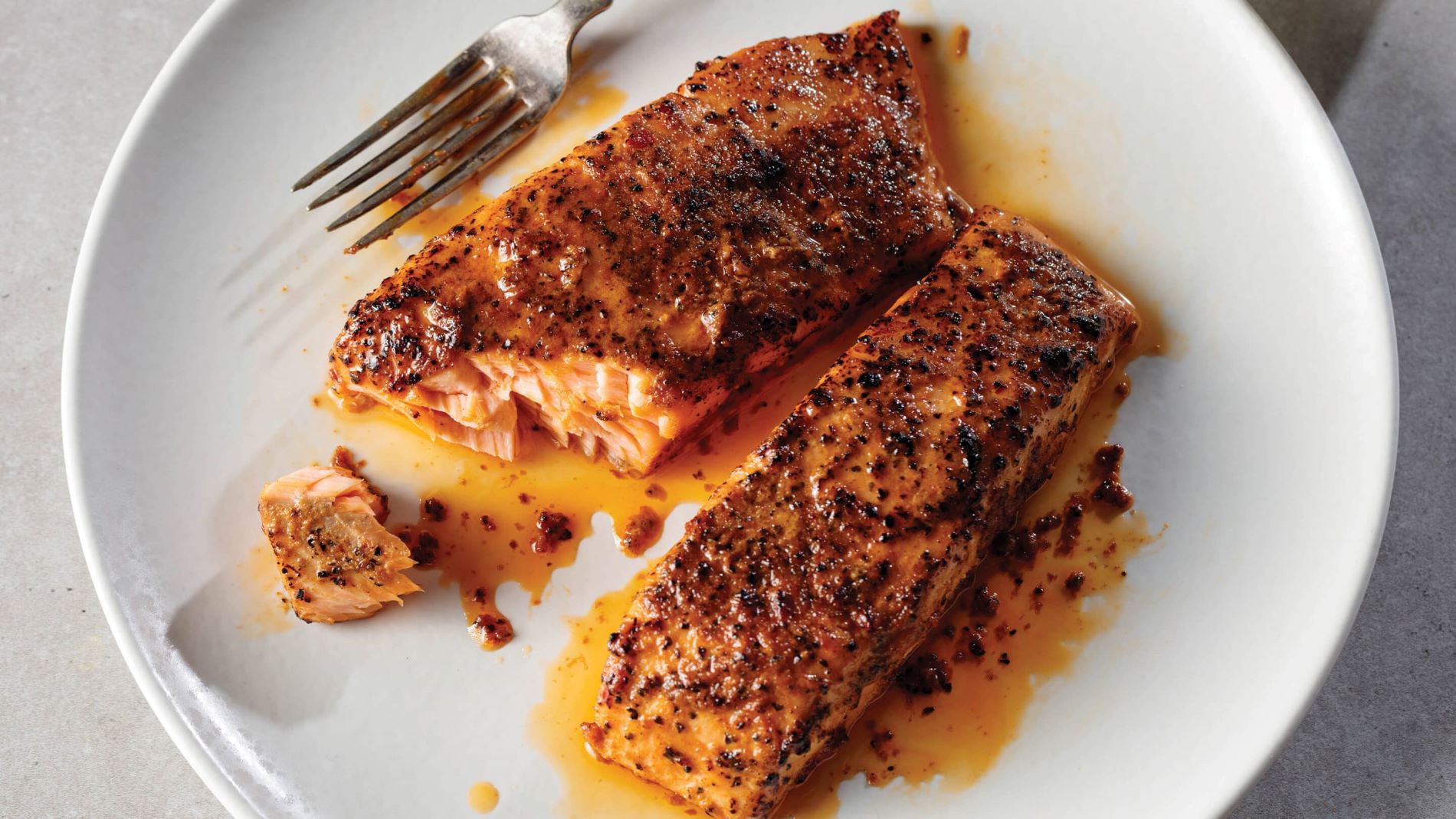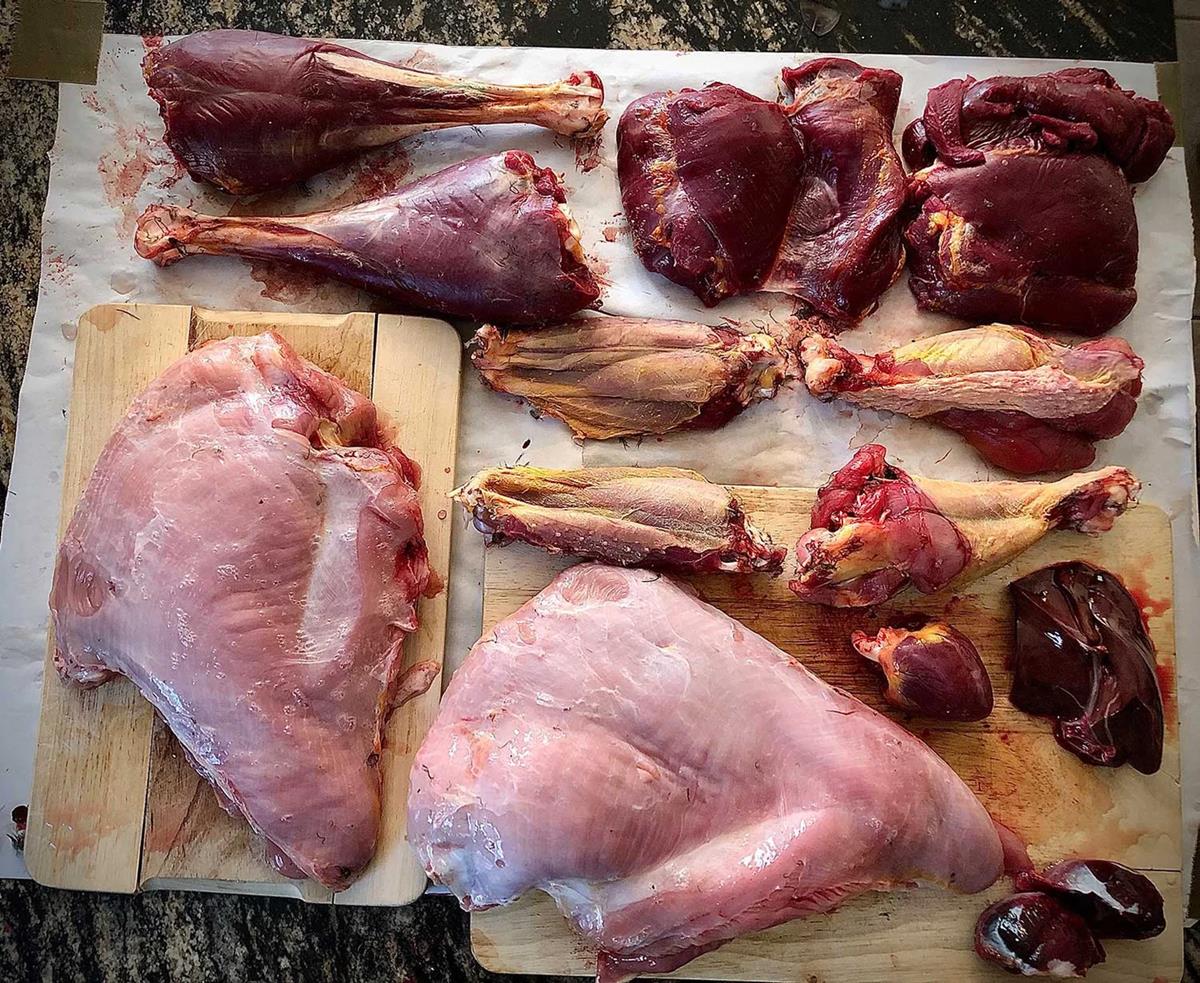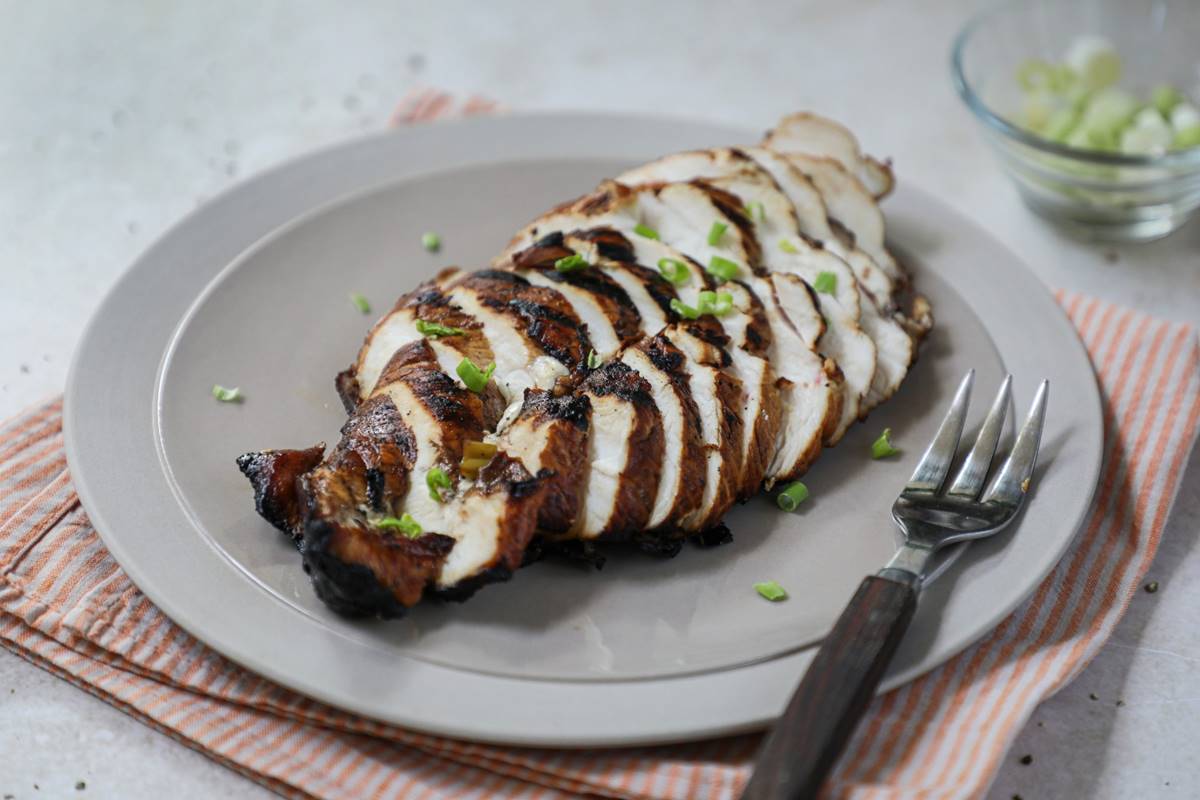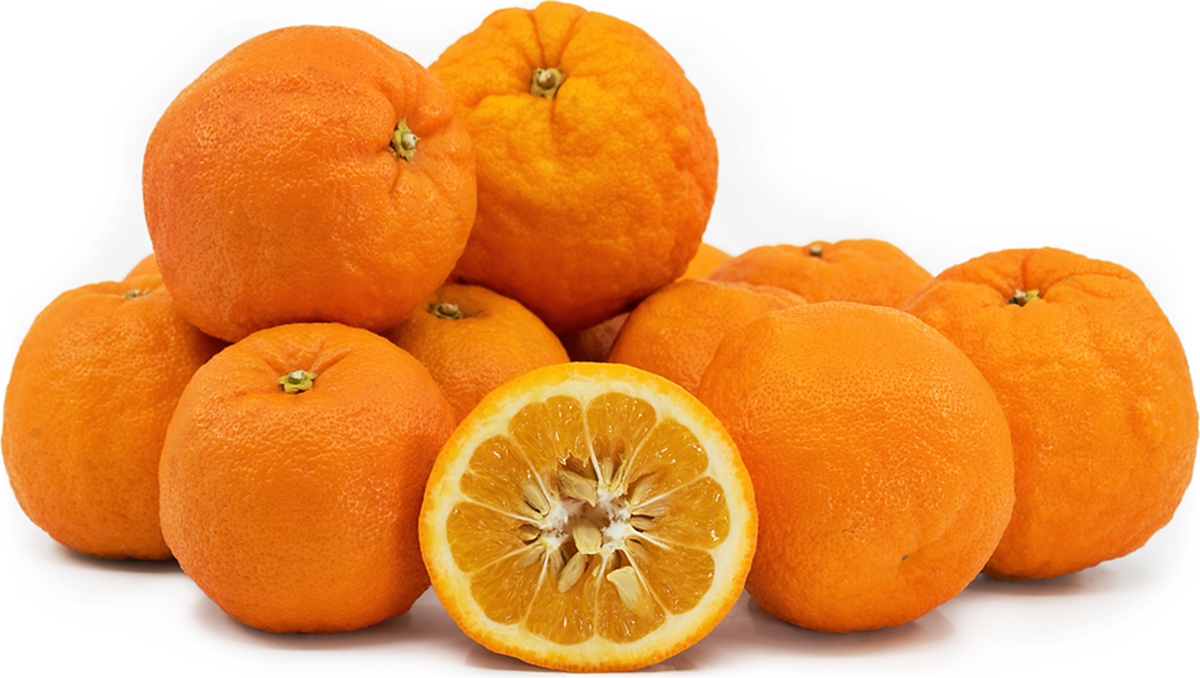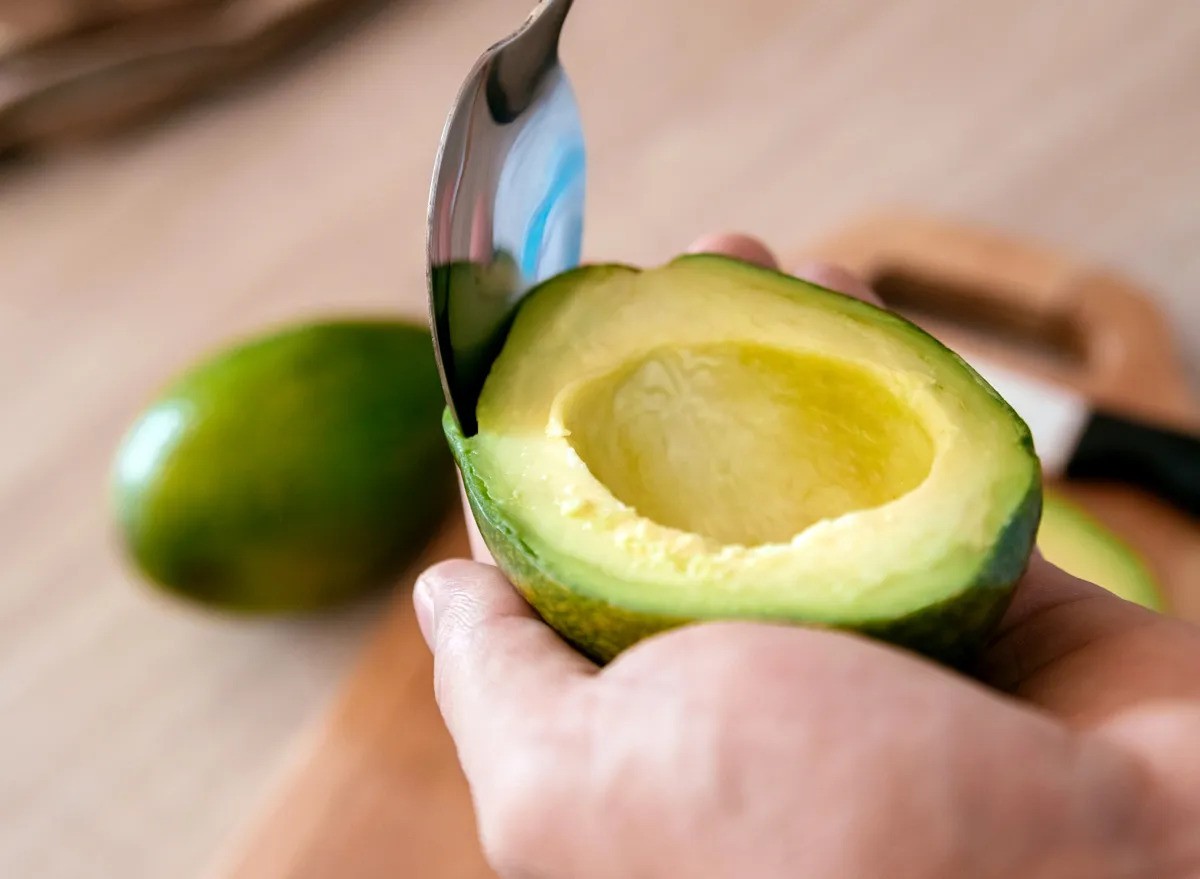How To Cook Salmon For Baby: A Nutritious and Delicious Guide
Introducing solid foods to your baby is an exciting milestone, and including nutrient-rich options like salmon can provide them with essential omega-3 fatty acids and other vital nutrients. Don’t worry, cooking salmon for your little one doesn’t have to be complicated! Follow these simple steps to prepare a tasty and nutritious meal that your baby will love.
Choosing the Right Salmon
When it comes to selecting salmon for your baby, opt for fresh or frozen wild-caught salmon, as it tends to have less mercury compared to farm-raised salmon. Choose boneless and skinless fillets to make it easier for your baby to eat. Remember to always check for any fishy odors or discoloration before purchasing.
Preparing the Salmon
Before cooking, rinse the salmon gently under cold water to remove any impurities. Pat it dry with a paper towel and place it on a clean cutting board. Using a sharp knife, remove any remaining bones or skin.
Simple Steaming Method
Steaming is a gentle cooking method that helps retain the nutrients and natural flavors of salmon. Follow these steps:
- Fill a pot with a few inches of water and place a steamer basket inside.
- Bring the water to a boil over medium heat.
- Place the salmon fillets in the steamer basket and cover the pot with a lid.
- Steam the salmon for about 6-8 minutes or until it flakes easily with a fork.
Remember to let the salmon cool before serving it to your baby to avoid any burns.
Delicious Baking Method
Baking salmon is another great option that locks in flavors and requires minimal effort. Here’s how you can do it:
- Preheat your oven to 375°F (190°C).
- Place the salmon fillets on a baking sheet lined with parchment paper.
- Season the salmon with a pinch of salt and a squeeze of fresh lemon juice.
- Bake the salmon for approximately 12-15 minutes or until it easily flakes with a fork.
Always remember to supervise your baby while they eat and ensure the salmon has cooled down to an appropriate temperature before serving.
Mashing and Serving
Once the salmon is cooked and cooled, it’s time to prepare it for your little one. Here’s how you can serve it to your baby:
- Using a fork, gently flake the salmon into small, bite-sized pieces.
- Mash the salmon to a suitable texture for your baby.
- You can mix the mashed salmon with other soft foods like mashed vegetables or fruits to add variety and introduce new flavors.
- Serve the salmon in a baby-friendly bowl or use a spoon for easy feeding.
Safety Tips
When it comes to feeding your baby salmon, it’s crucial to keep their safety in mind:
- Always consult with your pediatrician before introducing salmon to your baby’s diet.
- Start with small portions and observe your baby for any signs of allergies or discomfort.
- Avoid adding salt, spices, or other seasonings to your baby’s salmon until they are at least one year old.
- Choose age-appropriate utensils and ensure the salmon is mashed to an appropriate texture for your baby’s stage of eating.
Cooking salmon for your baby can be a fantastic way to introduce healthy and delicious flavors. With these simple cooking methods and safety tips, you can provide your little one with a nutritious meal they will enjoy. Happy cooking!
For those looking to cook salmon for their baby, there are a few standout recipes from the guide. Try the Baked Salmon with Carrot Mash for a simple yet nutritious option that combines sweet and savory flavors. Another great choice is Salmon and Avocado Baby Food, which offers a creamy texture and healthy fats perfect for growing babies. If you prefer a puree, the Salmon and Broccoli Puree is an excellent way to introduce green veggies. Finally, Steamed Salmon with Peas and Carrots provides a well-rounded meal with a balance of protein and vegetables. These recipes not only follow the guide but also ensure your baby enjoys a variety of tastes and textures.
Was this page helpful?
Read Next: How To Cook Lobster Meat Out Of The Shell
